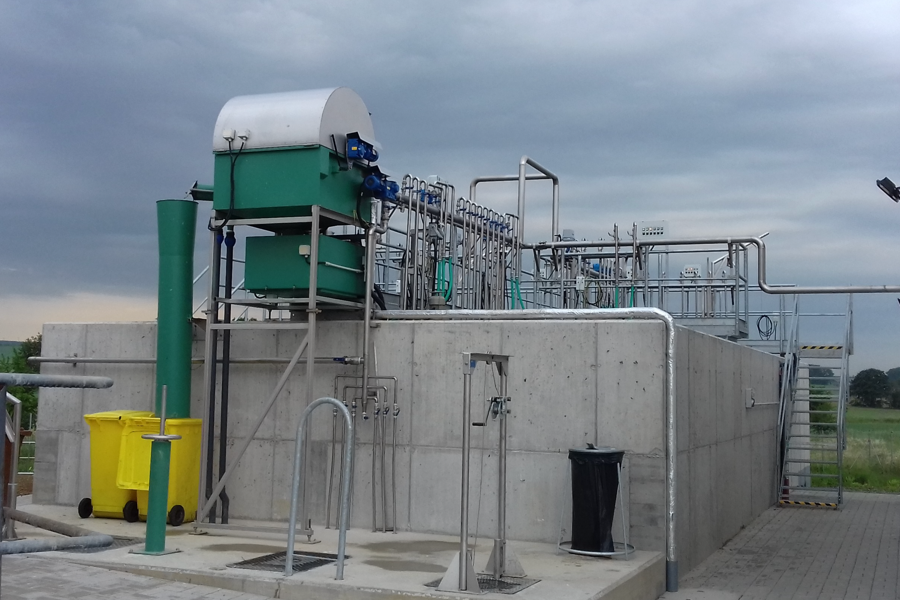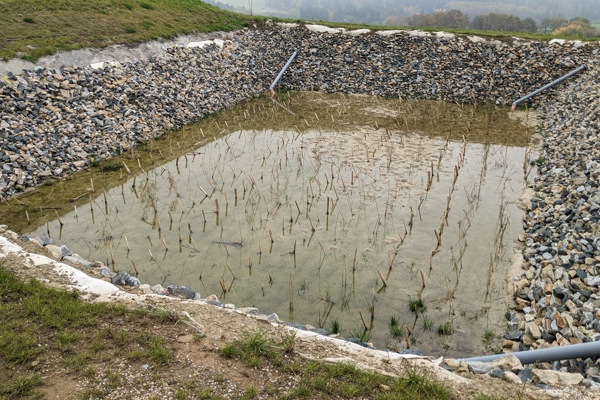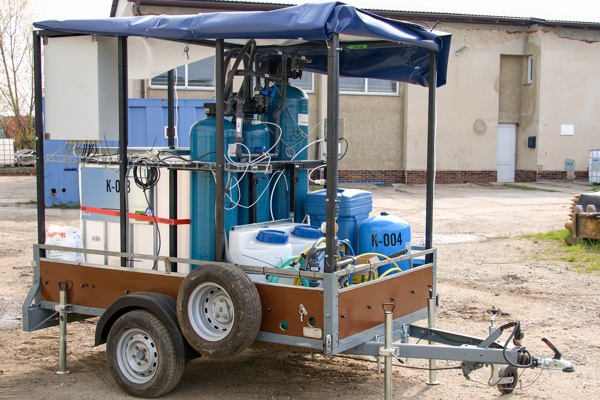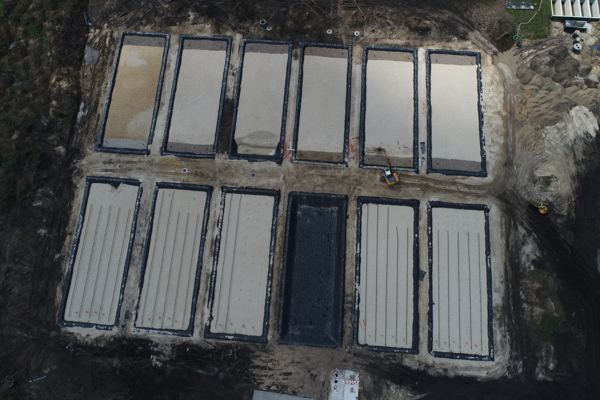Waste water treatment
We design, manufacture, and supply innovative equipment and technologies for water treatment and wastewater management. We customize these solutions to meet the specific needs of industrial operations as well as municipal sources. We also offer regular quality control of treated wastewater in our accredited laboratory and, by agreement, we can even provide complete wastewater treatment plant operation.



